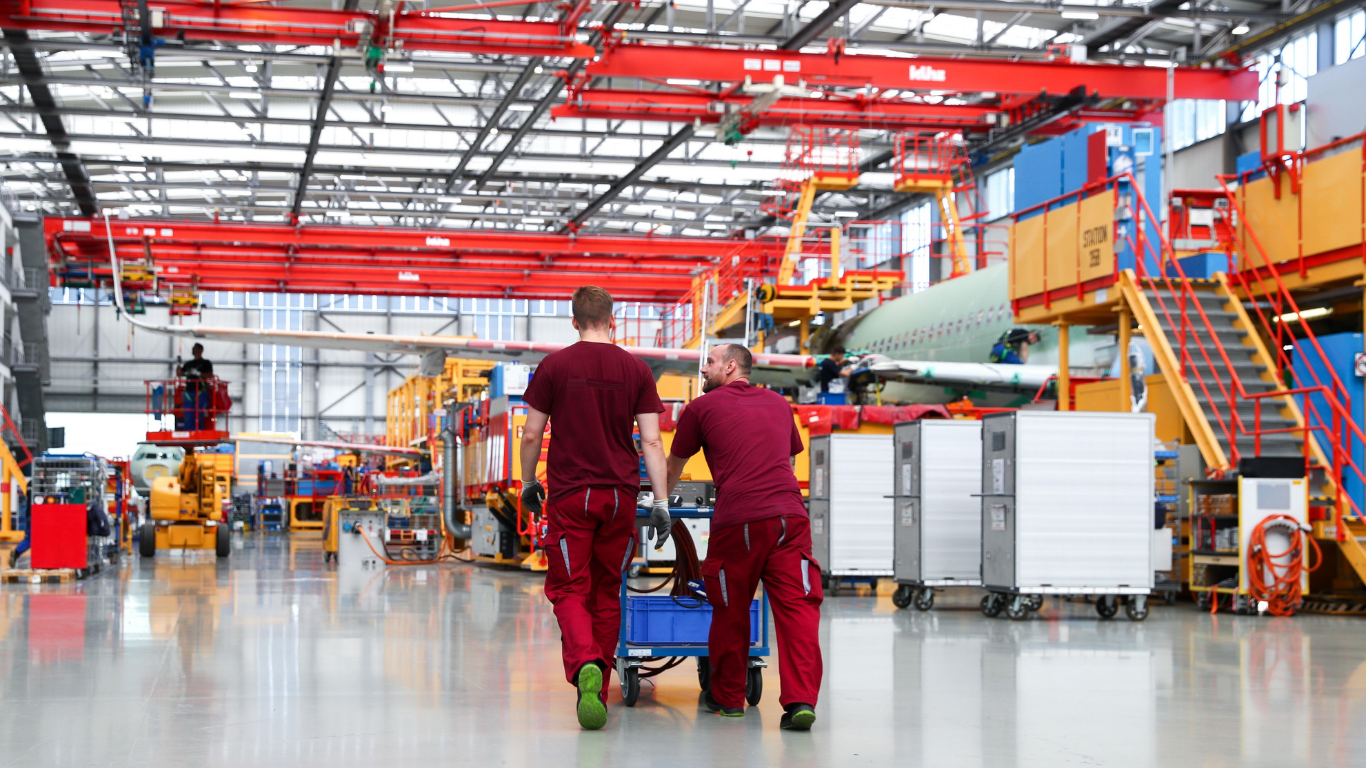Industrial technology has come a long way over the past twenty years. Factories, auto plants, airline hangers, and logistics centers are often at the cutting edge of technological development, but there is always newer technology that can improve efficiency and promote a better working environment. Tool Management Systems have existed in some shape or form since antiquity, but due to new Real-Time Location Technologies (RTLS) they are evolving into more comprehensive, user-friendly technology. In this article we are going to look at the Top 5 Reasons for investing in this new breed of Tool Management System.

-
Location
Tools can go missing for all sorts of reasons. Human error means that tools can be returned to the incorrect storage areas, lent to the wrong people, lost within warehouses or vehicles, or in some cases, stolen. By investing in appropriate tool management systems, businesses can ensure that all their tools are accounted for and can be easily located when needed.
By using tags that draw power from the tools themselves or operate wirelessly, a sensor system can determine the precise location of any tagged tool to within centimeters of their real-world location. Their journey through a facility, and the vehicles and people they interact with, can also be logged, creating a seamless history of a tool’s use. Alerts can be set up if tools enter the wrong locations or are not returned withing a given time frame. This application of a Tool Management System can often save hundreds of hours of wasted search time each year, while making all related processes more efficient.
-
Automation
The possibilities of automating key processes in industrial settings is driving much of the uptake in smart factory and RTLS technologies. Tool Management Systems can help digitize many processes which would otherwise be time consuming, allowing for faster production lines and fewer human errors.
As an example, auto plants are using Tool Management Systems to help counteract the growing complexity of their production lines. Due to the greater level of vehicle customization now offered to customers, and the greater variety of vehicles being produced on production lines, auto workers are often having to calibrate tools differently for each car that rolls into their workstation. This process usually involves hand-scanning a barcode attached to a vehicle and hand-calibrating tools, ensuring it uses the correct torque etc. This process can be completely automated by a Tool Management System that can sense the proximity of certain tools to certain vehicles and automatically update their settings. This speeds up the production line while preventing expensive reiteration or repair.
![]()
-
Replace & Repair
One of the major causes of disruption in industrial environments is when tools and machinery stop working. Most industrial environments have rigorous systems in place to check whether tools are reaching the end of their lives or need repairs and maintenance. But automated tool control can make these checks simple. Without shutting down production or hiring personnel to check specific equipment, a Tool Management System can monitor tool performance and alert management when they are malfunctioning or require periodic checks. This can be achieved through a combination of visual, audio, and even infra-red data as well as usage statistics. A sophisticated Tool Management System will combine this data and asses which tools are most at risk of failure.
-
Safety
Worker safety is one of the core concerns of any well-functioning Real-Time Location System and is a key consideration when looking into any smart factory upgrades for your facility. An effective Tool Management System will be able to monitor tool usage, and can restrict the usage of tools by personnel who are unqualified to handle them. It can do this either by alerting management, blocking employees from accessing certain areas of a facility, or by shutting down the tools themselves.
FOD (Foreign Object Damage) is one of the core concerns of the aerospace industry. Objects left in the wrong place can both risk worker safety as well as the integrity of an aircraft. Tagging and tracking tools and key workers is already helping to reduce instances of FOD, making not only aircraft hangers but the whole world a safer place.
-
Tool Management Systems for Managers
Part of the appeal of tracking the location of tools in real time is the ability to access the gathered data from anywhere. By building a digital twin of your enterprise and hosting the tracking data in the cloud, managers can increase their productivity and reduce stress. Multiple locations can be managed in tandem and managers can communicate directly with specific employees through the Tool Management System, meaning less time moving through a site on foot and more time monitoring vital processes.
From the above you can see that there are many reasons to be excited about modern Tool Management Systems. If you would like to learn more about what Ubisense could do for your enterprise, please reach out to us here.
